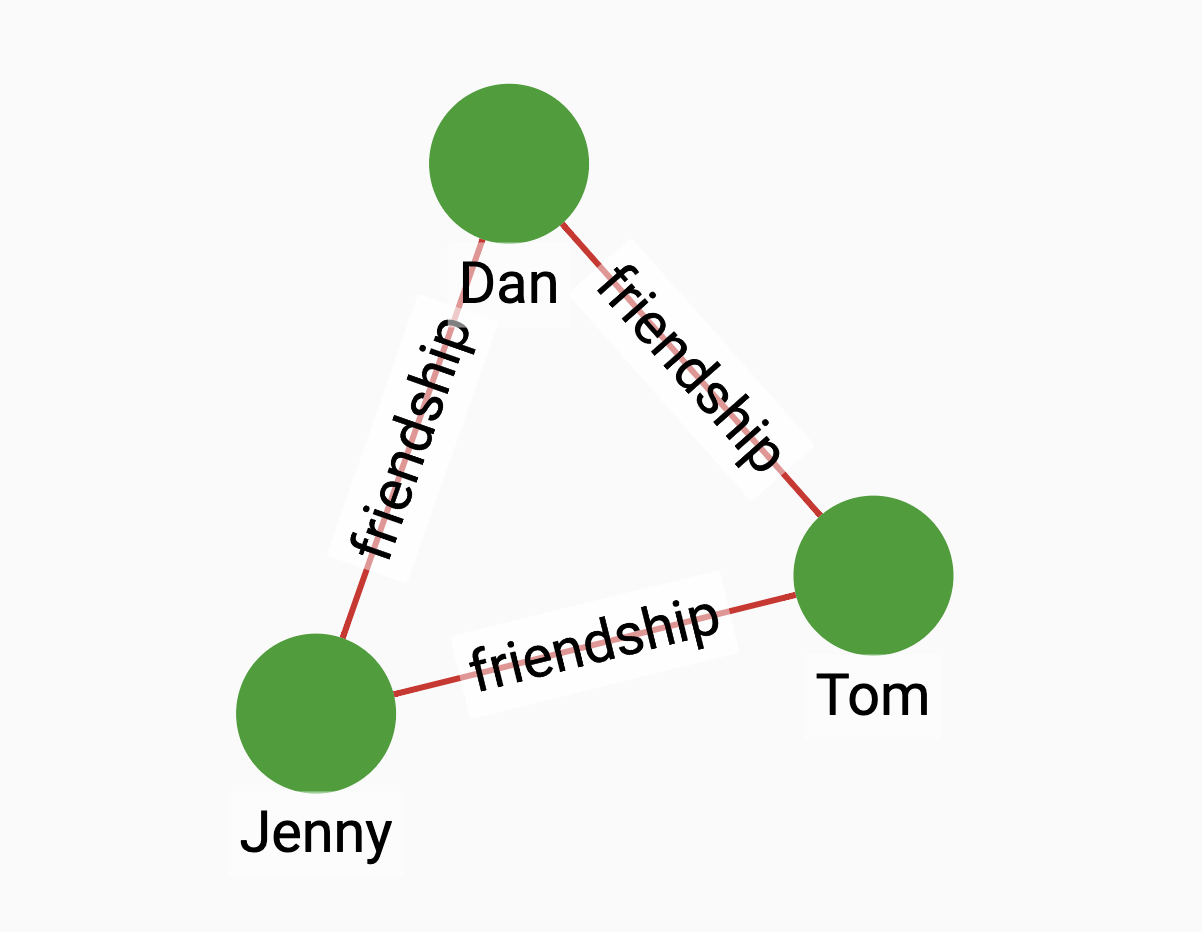Common Neighbors
A vertex \$A\$ that is connected to vertices \$B\$ and \$C\$ is considered to be a "common neighbor" of \$B\$ and \$C\$.
The common neighbors algorithm counts the number of common neighbors between two vertices.
Specifications
CREATE QUERY tg_common_neighbors(VERTEX v_source VERTEX v_target, SET<STRING> e_type)Parameters
| Name | Description | Default value |
|---|---|---|
|
The first vertex to compare. Provide the vertex ID and type as a tuple: |
N/A |
|
The second vertex to compare with the first. Provide the vertex ID and type as a tuple: |
N/A |
|
Edge types to traverse. |
(A blank set of strings) |
